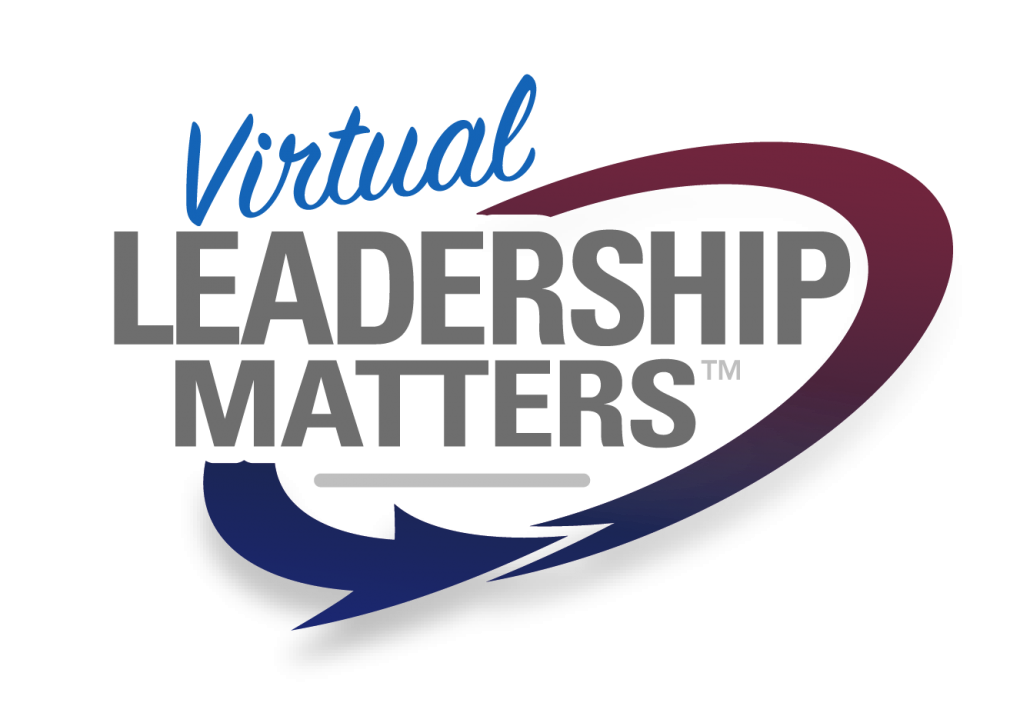Managing Stress While Working Remotely
Stress is something we have all experienced in varying degrees and forms. It can manifest itself as a feeling/emotion or as physical tension in our body. It may be triggered by an event at work or simply a thought that leaves you feeling nervous for the rest of the afternoon. Stress can be positive in short bursts and push us to accomplish our goals and meet deadlines. However, constant stress can lead to burnout at work and negatively impact our long-term health. This blog will highlight ways we can best manage our levels of stress while working remotely from home.
Expectations Versus Reality
In many cases, business professionals experience heightened levels of stress during transitions between working in the office and working remotely. This stress is often triggered by the newly discovered gap between the reality of working from home and the expectations we place on ourselves and colleagues. The wider the gap is between reality and expectations, the greater your level of stress will be.
For example, an employee has recently transitioned from working in the office to working full-time from home. Both the employee and manager expect the same level of effort and output while working from home as they did in the office. While working remotely the employee experiences changes in their routine that represent their new reality. There can be distractions in the form of interruptions from family members, an ongoing tug to do household duties while at home, difficulties in getting a hold of people you would normally connect with spontaneously and an increased level of email coming into the in-box. Because of this, the employee’s ability to focus and remain productive may diminish. As time goes on the employee’s level of stress may continue to rise, further harming their ability to perform.
This example illustrates a common scenario of how stress can be triggered while working remotely. The reality of the employee’s situation changed when they moved to a new working environment. Applying the same expectations resulted in a wider gap and lead to an unproductive level of stress. We can rectify this by making changes to our working environment or adjusting our expectations.
Narrowing the Gap
Firstly, we can narrow the gap by adjusting our expectations to our new working environment. The employee and manager should revisit their expectations regarding work schedules, communication and how to stay in touch while respecting the fact that working from home may require some time shifting. For example, perhaps the expectations surrounding the employee’s daily work schedule can be reshaped to better fit the employee’s assessment of the best times for them to work productively from home. This may mean spending some time with family during the day and shifting the “work time” to early morning or evening to accommodate the reality of the situation and to acknowledge that the employee likely has the best answer regarding an at-home work schedule that will maximize their productivity. For Managers, it’s not about changing overall expectations regarding performance and achievement of outcomes, it is about potentially changing expectations regarding how the outcomes are achieved. The objective is to approach our new situation in the most resourceful way.
The gap between reality and expectations can also be narrowed by striving to create a better working environment at home. The employee might ask to buy or borrow additional equipment that is readily accessible at the office, that they do not have access to from home. Next, they could also set up their dedicated workspace in a place of the house that is isolated from noise and distractions. Thirdly, employees can communicate with their family members to establish periods of uninterrupted time for work and schedule quality family time outside of these periods. Once again scheduling changes should be communicated with the manager to establish clear expectations.
Physical Exercise
There are many additional ways to manage stress. Stress influences our physiology in the form of hormones such as cortisol and adrenaline. While these hormones play legitimate roles in your body’s function, they can be harmful when maintained at high levels over long periods. One way we can lower our levels of cortisol and raise our mood is through physical exercise. Schedule times for physical exercise throughout your day. Aim for at least 10 mins two or three times a day and choose a method of exercise you genuinely enjoy.
Mindfulness
Another approach we can take towards managing stress is to practice mindfulness. Mindfulness is the practice of being actively aware of one’s thoughts, emotions and body sensations occurring in the present moment. While practicing mindfulness you will often enter a state of greater calmness and relaxation. A simple way you can practise mindfulness is to focus on your breathing. Sit comfortably, close your eyes and focus your awareness on the rhythm of your breathing. Practicing mindfulness acts as a great “reset” during a hectic day.
Mindset: Focus on What you Can Control
We often tend to worry and stress over things in life that we have no control over. When we do this, we can unwittingly impact our mood with negative thoughts and waste mental capital worrying about what may or may not happen. The truth is that no amount of worrying will ever affect something we cannot control. Instead, focus your energy on what you can impact and seek to make a positive change there. The Serenity prayer accurately depicts this mindset:
God grant me the
Serenity to accept the things I cannot change;
Courage to change the things I can; and
Wisdom to know the difference.
When we shift to this mindset, we can let go of unnecessary stress in our lives and invest more of ourselves into areas that matter.
Key Insights
Stress is a dynamic force that we must all manage, especially while working remotely. Analyze the gap between your expectations and the realities of working from home. If you judge that your stress level is too high, then narrow this gap by adjusting your expectations or improving your working conditions. Schedule in time for exercise and mindfulness to lower your cortisol and raise your mood. Focus on what you can control and let go of worrying over what you cannot. When we learn to manage stress, it begins working for us rather than against us as we move towards our goals.
The Author
David Town, CHRL, ACC, is a facilitator and coach of leadership and management principles that enable individuals and organizations to build greater leadership competency, resulting in higher performance and higher employee engagement. David has a particular focus on effective leadership of virtual teams. David is a member of the Human Resources Professionals Association (HRPA), the International Coaching Federation (ICF) and is Co-Founder and Principal of Virtual Leadership Matters Inc.



